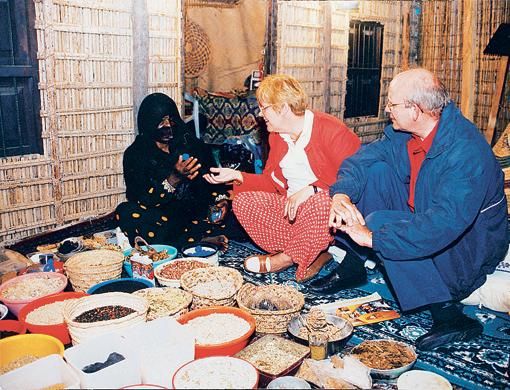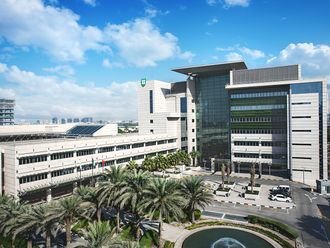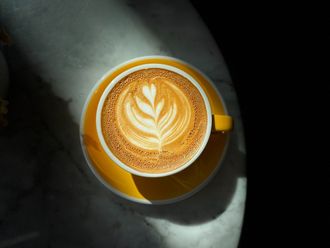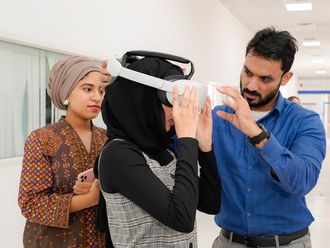Dubai: Last week we introduced the concept of Traditional Emirati medicine and the role of the Bedouin medicine woman in society.
This week we will speak about the third branch of traditional medicine, involving cupping, cauterisation, splinting and hulool. These are some of the oldest methods used by UAE inhabitants to treat disease and infection.
Cupping "Hijamah", and cauterisation are effective techniques for dealing with a variety of ailments, particularly back pain. The theory behind these techniques is that cleansing blood and toxins from the body will allow good blood to circulate, encouraging healing and stimulating the body's immune system.
Cupping is an ancient tradition which dates back to the time of the Prophet Mohammad (PBUH). This ancient tradition is referred to in several Hadiths.
Hijamah was one of two healing practices that received the seal of approval of the Prophet, with the other being the use of honey to heal.
A practitioner orders a patient to turn on his stomach. He then heats the cups before applying them to specific parts of the patient's back, where they stick like leaches. Gradually, the hot cups begin to draw the bad blood from the patient's back and to stimulate his circulation.
The main difference between cauterisation and cupping is that cauterisation targets veins whilst cupping focuses on the muscles.
Cupping was regarded as a less extreme technique and therefore was more commonly used.
It was used to treat various ailments including gum disease, tooth pain and conjunctivitis. It is still commonly practiced today, particularly in the Far East.
Another ancient medical technique which is still practiced in the UAE is Arabian splinting "Tajbeer".
This practice is used in the treatment of fractures and misplaced joints. The orthopaedist would apply a special pomade on to the fracture and join the bones tightly together with a splint.
Nature's cure
Hulool "Hulool" another common alternative traditional Emirati Medicine, made from plants or herbs with healing properties were widely used to treat problems of digestion.The medicinal properties of honey, for example, were mentioned in the Holy Quran. Honey was effective in the treatment of diseases affecting the liver, lungs and digestive system. It was also useful in helping to clean or sterilize wounds. Due to the botanical richness of the UAE and the varying terrain involving mountains, plains and deserts, the people of the Emirates had a wide variety of ingredients with which to make homemade remedies.
Some commonly used herbs include Musk, sandalwood, saffron and anise. Extracts from tree leaves and branches were also used in traditional medicine. These included ingredients such as: Alsider, Alghaf and Alharmal.
Plantseed extracts included sesame, flax seed and linseed. Fruits such as dates, watermelons, nutmeg and ginger were also common ingredients for cures.
Healing properties of honey "Hulool" another common alternative traditional Emirati medicine, made from plants or herbs with healing properties, was widely used to treat digestive problems. The medicinal properties of honey, for example, were mentioned in the Quran. It was effective in the treatment of diseases affecting the liver, lungs and digestive system. It was also useful in helping to sterilise wounds.
The people of the Emirates had a wide variety of ingredients with which to make remedies. Extracts from leaves and branches were also used and fruit such as dates and watermelons were also common ingredients for cures.













